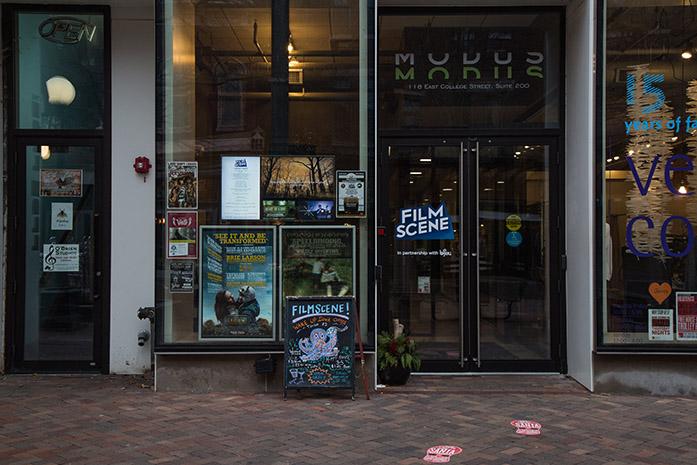By Lily Goodman
There were quite a few children’s films that came out in 2016, with the most lauded — such as Disney’s Moana and the excellent Zootopia — having been recently announced as contenders for Best Animated Feature at the upcoming Academy Awards.
But flash back some 60 years, and two other widely acclaimed children’s films were making their début in France, subsequently earning them both the coveted honor of winning the Palme d’Or at the Cannes Film Festival and the reigning title of two of the most famous films for children.
Some may wonder what makes these films continue to stand out some 60 years later, especially after all the technological advances in animation that have emerged in the past decades. Fortunately, the Iowa City community today will get the opportunity to revisit both of director Albert Lamorisse’s award-winning short films at FilmScene’s screening of the newly restored and released versions of both White Mane and The Red Balloon as part of its Picture Show Series.
Since its release in 1953, White Mane has generally been met with positive reviews from critics. The 40-minute film takes place in the south of France and tells the story of a wild, majestic stallion named White Mane that is too prideful to allow himself to be trained by humans. Only a young fisherman named Folco is able to befriend the horse, but the two must escape the local wrangler and his herdsman in order to live in peace.
One of Lamorisse’s best known works, White Mane has been praised for its breakthroughs in cinematography as well as its carefully crafted story that explores the unpredictability of nature through the eyes of a child.
FilmScene cofounder and program director Andy Brodie said White Mane is “really beautifully composed.”
“Visual culture today is so heavily mediated and saturated that it’s important to take the time to slow down, look at, and reflect on things,” he said. “Classic films like these help us do that.”
Similarly, Lamorisse’s 1956 film, The Red Balloon, was met with favorable reviews. With Lamorisse’s son as the lead, the film follows Pascal, who discovers a large, helium-filled red balloon on his way to school one morning. The red balloon seems to have a mind of its own and persistently follows the young boy through the streets of Paris, where the two of them are met with disdain from the adults and jealousy from the other neighborhood boys, both of whom try to get rid of the balloon, much to Pascal’s dismay.
Andrew Sherburne, FilmScene’s associate director, noted the brilliant simplicity of The Red Balloon’s plot.
“We live in an era that often celebrates bigger, faster, more complex filmmaking. A lot of it is very good,” he said. “But the simplicity and languid pacing of [The Red Balloon] is a welcome contrast that helps us expand our understanding of the breadth of cinematic storytelling.”
This, combined with the cinematography and poetic rendering of the imagination, make for delightful works of art, rightfully naming them as two of the most honored films for children.







